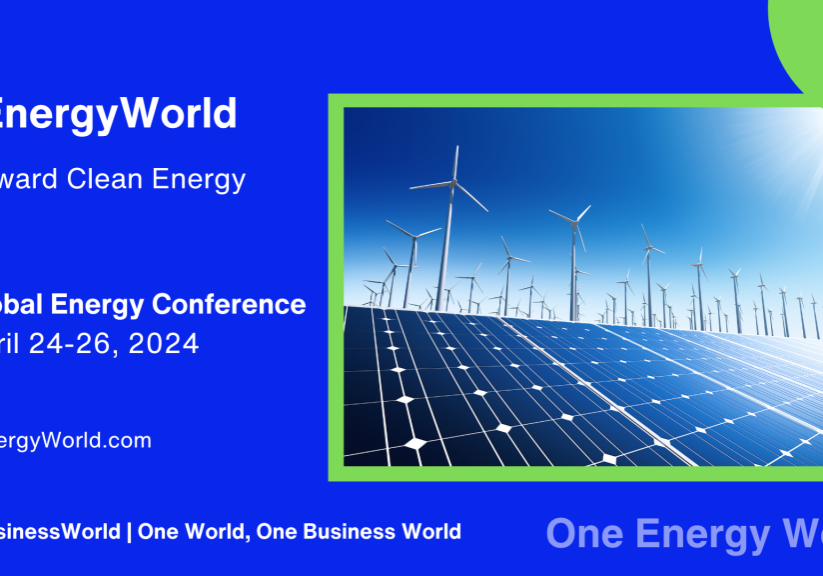
At the Siemens Gamesa factory in Aalborg, Denmark, where the next generation of offshore wind turbines is being built, workers are on their hands and knees inside a shallow, canoe-shaped pod that stretches the length of a football field. It is a mold used to produce one half of a single propeller blade. Guided by laser markings, the crew is lining the sides with panels of balsa wood.The gargantuan blades offer a glimpse of the energy future that Europe is racing toward with sudden urgency. The invasion of Ukraine by Russia — the European Union’s largest supplier of natural gas and oil — has spurred governments to accelerate plans to reduce their dependence on climate-changing fossil fuels. Armed conflict has prompted …












